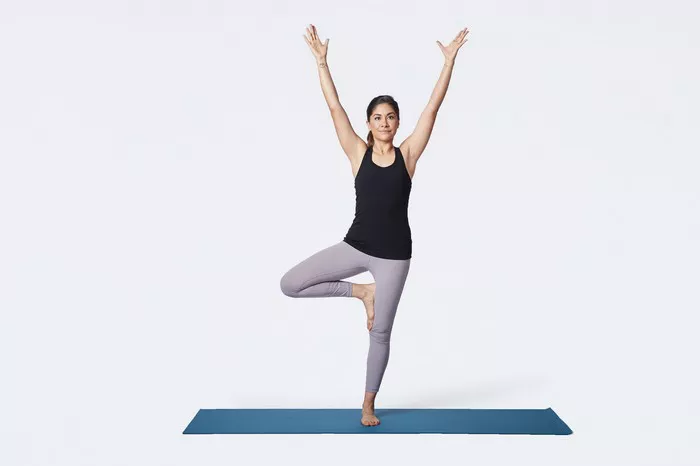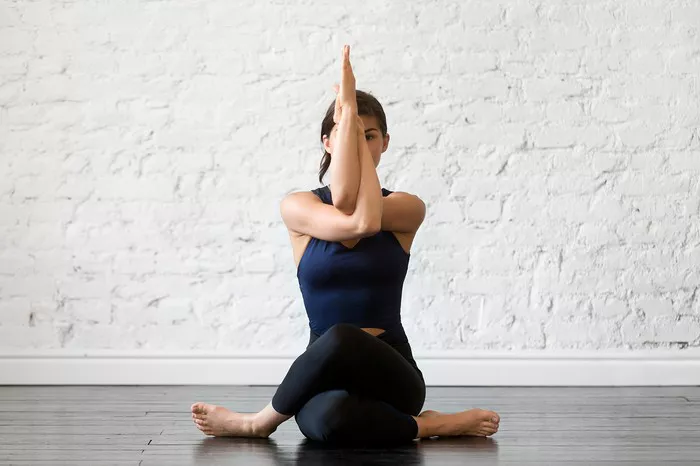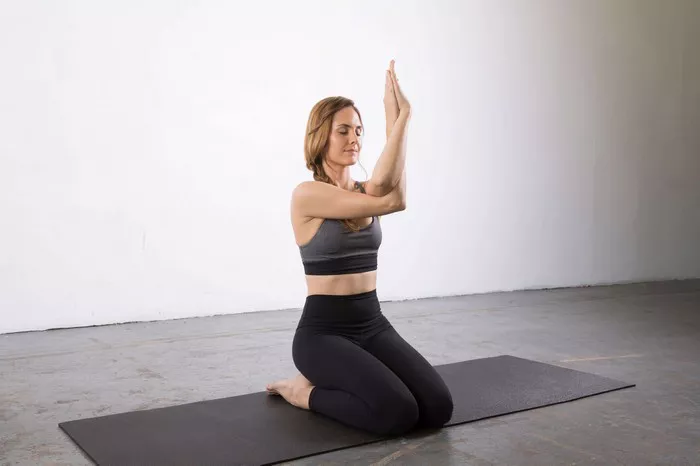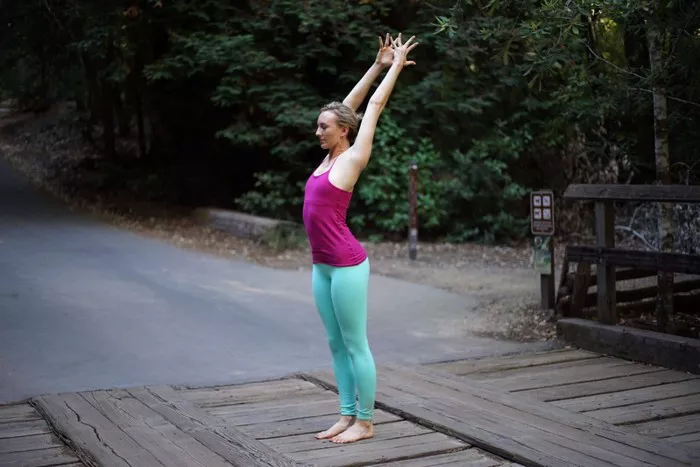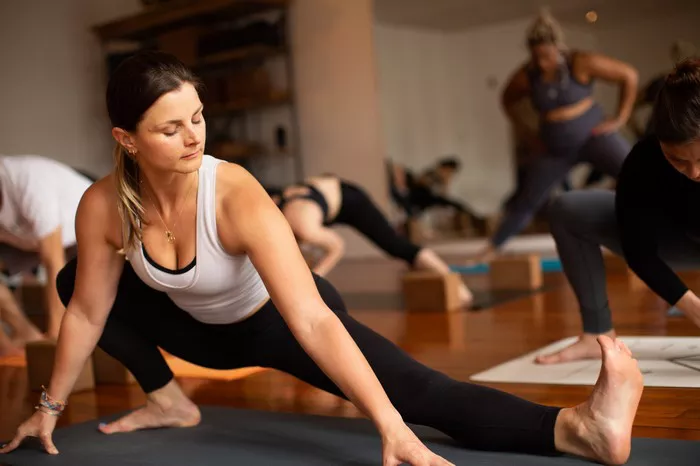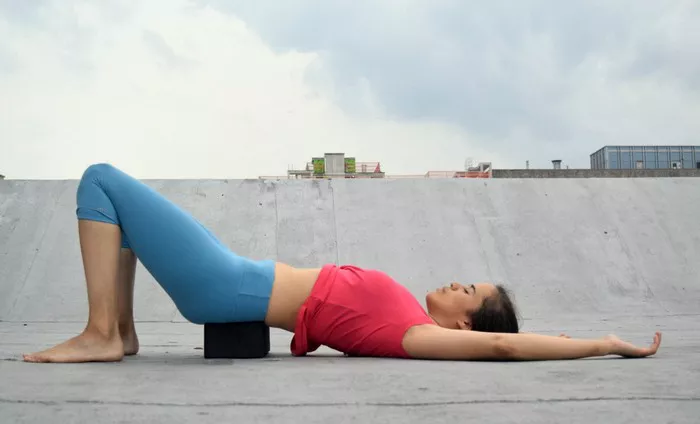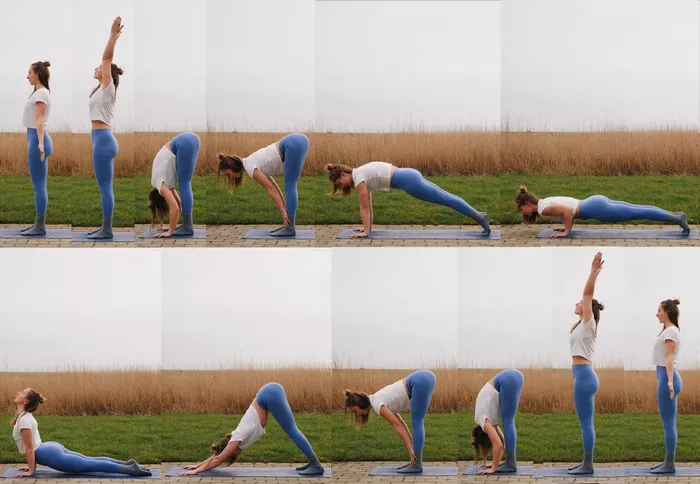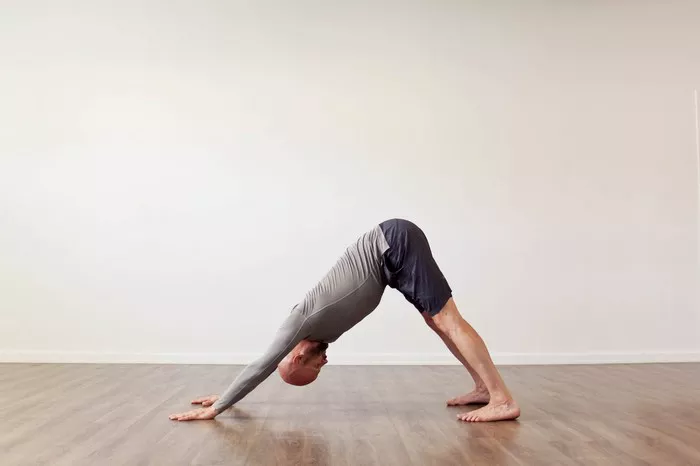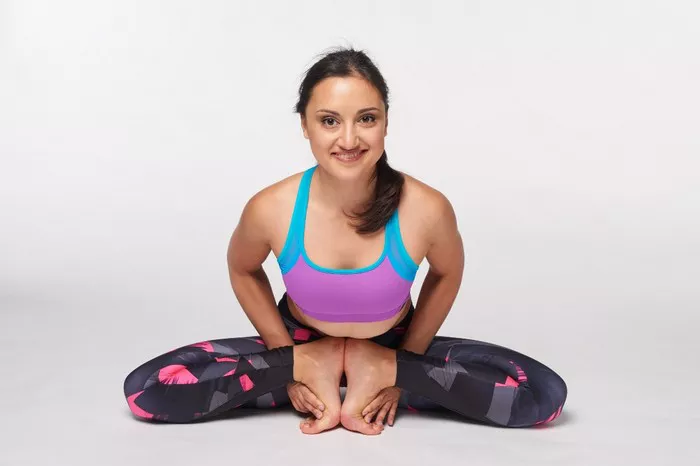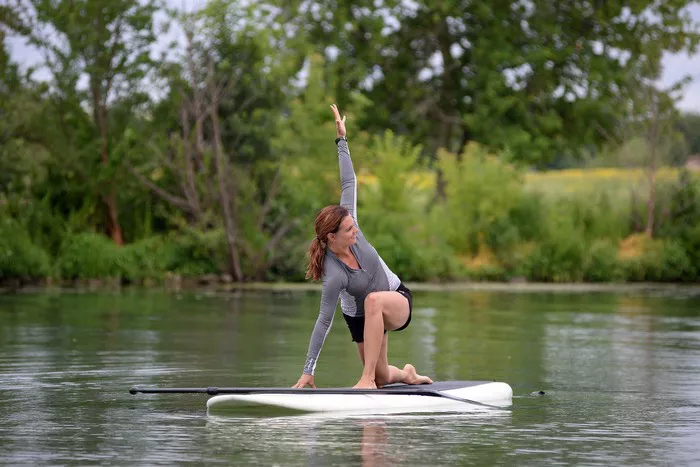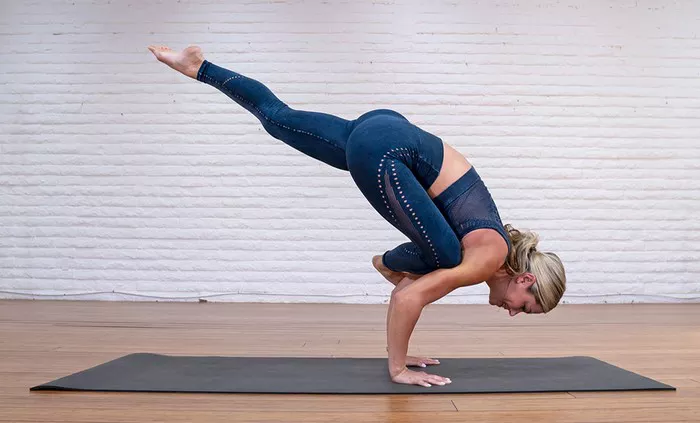The lower back, or lumbar spine, plays a vital role in supporting our body’s movement and stability. In yoga, where flexibility and motion are emphasized, the lumbar region can be both a source of strength and vulnerability. Beginners often enter yoga without prior knowledge of how postures can affect spinal alignment, and without proper technique, they may unintentionally place excessive stress on their lower back. Protecting this area is not just about avoiding pain but about cultivating longevity and resilience in your practice.
Common Causes of Lower Back Strain in Yoga
Several common mistakes lead to lower back discomfort in yoga. One of the primary issues is rounding the spine in forward bends, which compresses the intervertebral discs. Another frequent mistake is over-arching in backbends, which can pinch the nerves and strain muscles. Additionally, poor core engagement and lack of hamstring flexibility can shift pressure to the lower back. Understanding these root causes allows practitioners to adopt safer habits early in their journey.
Key Risk Factors:
- Performing postures without proper warm-up
- Forcing flexibility beyond your current capacity
- Neglecting to engage the core muscles
- Misalignment in foundational poses
- Holding poses for too long without support
Principles of Lower Back Protection
Before diving into individual poses, it is crucial to internalize some foundational principles that protect the spine throughout your yoga practice. These principles are the bedrock of a safe and sustainable approach to yoga.
1. Neutral Spine Awareness
Maintaining a neutral spine—the natural curve of the lower back—is essential. Many poses tempt beginners to flatten or exaggerate this curve, but awareness of spinal alignment ensures long-term health.
2. Engage the Core
The abdominal muscles, obliques, and transverse abdominis form a supportive corset for the spine. Gentle but firm engagement of these muscles helps distribute load and reduce lumbar strain.
3. Modify and Use Props
There is no shame in modifying poses. Blocks, straps, and bolsters can help bring the floor closer to you or support the body in alignment, allowing you to explore postures safely.
4. Controlled Movement and Breath
Avoid jerky or hurried transitions between poses. Moving with the breath helps maintain alignment and keeps muscles active and responsive throughout the practice.
Safe Warm-Up Techniques
Every yoga practice should begin with a gentle warm-up that prepares the spine and surrounding muscles for movement. This phase is often underestimated but is critical for lower back safety.
Begin with pelvic tilts and cat-cow stretches to lubricate the spine and bring awareness to spinal movement. Add gentle twists to activate the obliques and increase mobility. Incorporate some hamstring and hip stretches such as reclining hand-to-big-toe pose (Supta Padangusthasana) and gentle low lunges. These moves alleviate tension in surrounding areas, reducing compensatory pressure on the lumbar spine.
Poses that Protect the Lower Back in Yoga
Certain yoga poses are especially helpful in building support for the lower back while encouraging proper alignment and muscle engagement. Including these in your regular practice can prevent pain and enhance spinal integrity.
Recommended Poses:
Bridge Pose (Setu Bandhasana)
Strengthens glutes, hamstrings, and core
Encourages controlled spinal extension
Sphinx Pose
A gentle backbend that strengthens the lower spine without over-compression
Child’s Pose (Balasana)
Offers rest and release for the lower back
Promotes awareness of spinal alignment
Supine Twist (Supta Matsyendrasana)
Mobilizes the spine and massages the lower back muscles
Dead Bug (Ananda Balasana)
Strengthens the core while gently stretching the lumbar area
Poses to Approach with Caution
While many yoga poses offer therapeutic benefits, some can aggravate or injure the lower back when performed improperly or without adequate preparation. It is important for beginners to approach these postures with caution and ideally under the guidance of a trained instructor.
Be Cautious With:
- Forward Folds (Uttanasana, Paschimottanasana): Risk of rounding the lower back
- Wheel Pose (Urdhva Dhanurasana): Deep backbend that can pinch the lumbar spine
- Camel Pose (Ustrasana): Requires strong glute and core engagement to avoid collapse
- Seated Twists: Can strain if done with force or from misalignment
In all these poses, it is vital to elongate the spine first and engage the core before deepening the stretch. Props and preparatory poses can help make these asanas safer and more accessible.
The Role of Core Strength
One of the best ways to protect the lower back is by developing strong abdominal and pelvic muscles. A balanced core prevents over-reliance on the lower back during movement and helps stabilize the spine in dynamic postures.
Integrate core-strengthening exercises into your yoga routine. Poses like Plank, Forearm Plank, and Boat Pose (Navasana) build the necessary endurance. Make sure to perform them with proper form, focusing on pulling the navel toward the spine and avoiding sagging hips or overarching the back.
Flexibility and Mobility of Supporting Muscles
Tightness in the hamstrings, hip flexors, and piriformis muscles can all affect the positioning and pressure on the lower back. When these muscle groups are inflexible, the lumbar spine often compensates by moving excessively, which can lead to discomfort or injury.
Tips for Enhancing Flexibility:
- Stretch hamstrings gently using a strap in supine poses
- Open the hips with lunges and pigeon pose variations
- Use dynamic stretches in warm-ups and static holds during cool-downs
Progress slowly and consistently, avoiding the temptation to force yourself into a deep stretch. Over time, flexibility will improve, easing the burden on your lower back.
Listening to Your Body
Yoga is not about achieving the most impressive pose but about building awareness, connection, and strength. Pain—especially sharp or persistent pain—is a signal that something is wrong. Beginners must learn the difference between a healthy stretch and strain or injury.
Develop the habit of checking in with your body throughout practice. Use each pose as an opportunity to assess how your lower back feels. If a movement triggers discomfort, back off, modify, or consult a teacher. Consistently honoring your body’s signals is the most effective long-term strategy for injury prevention.
Working with a Qualified Instructor
Guidance from a knowledgeable yoga instructor can be invaluable, especially for beginners. A trained teacher can offer real-time feedback, suggest modifications, and help you build proper habits from the start.
Seek out instructors who emphasize alignment and safety, and don’t hesitate to ask questions or express concerns about your lower back. Many studios offer beginner-friendly classes or private sessions tailored to individual needs. This support can build confidence and deepen your understanding of how to move safely.
Consistency and Patience in Practice
Protecting your lower back is not about quick fixes but about building consistent, mindful habits. Even if your flexibility is limited or your strength is developing, a regular practice that respects your limits will yield results over time.
Incorporate rest days to allow your muscles to recover, and keep exploring different styles of yoga to find what best suits your needs. Whether you choose restorative yoga, Hatha, or gentle vinyasa, consistency is key. Be patient with your body, celebrate progress, and trust the journey.
Conclusion
Yoga offers countless benefits, but only when practiced with attention and care. The lower back is particularly vulnerable in the early stages, yet with the right knowledge and approach, it can become a strong and supported part of your practice.
By understanding spinal alignment, strengthening supporting muscles, modifying poses wisely, and listening to your body, you lay the foundation for a safe and fulfilling yoga journey. Keep learning, stay curious, and let safety guide your growth on the mat.
Related Topics:


